The Metaverse
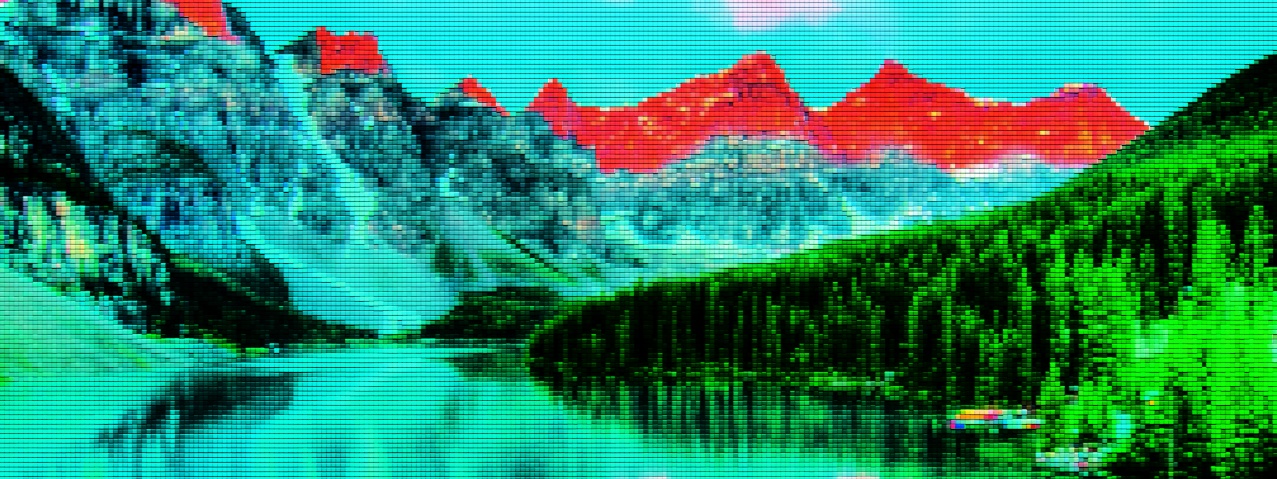

|
Futurists speculate that, at some point in time, the digital world will become more important than the physical world for many people. The ability to earn an income with P2E and socialise remotely are pushing us closer to such a world, an idea captured in the recent technology buzzword the Metaverse. Late 2021 saw a breakthrough in public recognition of the term when the company formerly known as Facebook rebranded itself as Meta, and began repositioning itself to be a main player in this upcoming digital market segment. They, and many other corporations, are betting that the Metaverse will prove to be a form of social media on steroids. In really simple terms, the Metaverse can be defined as an online world where people interact via avatars in a digitally shared space, and with an immersive and sensory richness impossible with conventional online experiences. It supports an economy, and has highly customisable environments for all manner of virtual interaction. Although, it is not entirely new, as there have been precursor versions of Metaverse around for nearly two decades. Second Life, released in 2003, is considered a proto-Metaverse, while Minecraft and later iterations such as Fortnite also feature the social-based gameplay at the foundation of the Metaverse. Important innovations of the Metaverse include it being in real time, so being offline translates into missing events and interactions. It is also persistent, meaning it can't be reset like a game or rewound like a movie. Whether it is gameplay or digital purchases, whatever happens while in the Metaverse is permanent. The Metaverse will also span digital and physical worlds. The game Pokemon Go is a preview to this, and augmented reality is predicted to blend how we interact with virtual and physical space, and how these interactions can be represented in the online world. Social media applications have long understood the importance of user-generated content, and this is expected to play a massive role in the creating Metaverse. Though, the scale and breadth of user experiences in Metaverse also means it will be beyond the capacity of any one organisation to create and control how it develops. This has instigated the emergence of community-led decentralised management structures, called Decentralised Autonomous Organisations (DAO), which are a collection of smart contracts and dApp created to manage and grow Metaverse ecosystems. Because the playing community is engaged and invested in creating activities for each other, they are more likely to meet the needs of these communities and perpetuate a virtuous cycle of engagement with the Metaverse ecosystem. DAOs will provide an incentive for their members to create open and shareable resources, and can provide a fair system of decision-making without any hierarchy or centralised point of control. Moreover, this relatively new organisational model based on NFT communities distributes governance via voting power given to members, and streamlines how and why management and economic decisions are made. Metaverse in Practice Decentraland Based on the Ethereum blockchain, this 3D virtual world is one of the best-known Metaverse projects. In Decentraland it is possible to create avatars and use voice or text to interact with other players and move freely within this virtual world, even without 3D glasses. Participants can buy property, visit buildings owned and operated by other entities, participate in activities and games, purchase avatar wearables, and attend a wide variety of events. Decentraland supports a virtual economy and all purchases and ticketing are made with Mana, the in-game cryptocurrency. Mana holders can also vote on any governance changes within Decentraland, making it an early example of a functioning DAO. Virtual malls and diverse retail outlets are constantly coming online. Entertainment options are also rapidly expanding, and include Metaverse festivals, online concerts, as well as a burgeoning casino sector. There are even real digital jobs available for people to staff virtual casinos, and this seems to be just the tip of the iceberg for future employment potential. Other ways to generate income include using the Builder application provided by Decentraland to create infrastructure on their virtual land to use or rent out externally, or to invest in-world time creating digital assets. Sandbox Sandbox is creating a full range of Metaverse functionality and has quickly become a prominent case study in blockchain gaming, attracting investors and players wanting to stake early claims on the 166,000 plots of virtual land NFT that make up this virtual world. Sandbox aims to establish itself as an entirely user-generated space, that goes beyond just creating buildings and developing land, and enables users to easily create entire games and gaming ecosystems to operate on their real estate. Users are free to create and edit their characters, and to buy land to build assets that can be shared, used or sold, or transferred between games within the Sandbox. Landowners and holders of the in-game currency, Sand, can participate in governance decisions, and can exercise voting rights on key elements such as the Sandbox Foundation grants to content and game creators, as well as contribute to overall development direction. The Sandbox Foundation consists of over 100 people in 32 countries and operates as a DAO. The role of the Foundation is to support the ecosystem of the Sandbox, offering grants to incentivise high-quality interactive content & game production on the platform. To date, the Foundation is funding more than 15 game projects and granted 100+ artists to produce NFTs ahead of the public launch. Making the Metaverse To create an entire virtual world is a significant feat, and at every step the age-old design parameters of form and function apply. As importantly, from a designer's perspective, building virtual worlds is just as real an experience as building in the physical world. There will be an enormous amount of design-related work to be had in creating the infrastructure, hardware, software, and content that will manifest the Metaverse and subsequent blockchain applications. What's more, being free of physical limitations, designing for such virtual worlds offers an attractive and rewarding field of work for aspiring designers. Designing the Metaverse Central to the concept of the Metaverse is the idea that virtual 3D environments are accessible, interactive, and take place in real-time. Future Metaverse "dwellers" will have a very immersive experience, something technologists are calling "extended reality" (XR) – a combination of augmented, virtual and physical realities. Maintaining non-fragmented user experiences over multiple platforms and Metaverse, and on multiple smart devices, is an extremely complex design challenge, and one that requires the solutions be human-centred. This virtual human experience combines social and technical aspects, and both areas are desperately in need of effective design thinking to create the best experiences possible. It won't be until NFT breaks into the mass market in ways that are easy and compelling that the technology will entrench itself in our daily lives. But when it does, designing how and why we navigate space in the Metaverse could become almost as important as it is in the real world. Whether you are an architect, or into fashion, furniture, graphic design, or whatever, there are a vast array of creatively designed inputs required to build and populate the Metaverse. Moreover, individualising user experience to stand out in the digital crowd and catering to the ever-expanding size and complexity of Metaverse will create an ongoing source of demand for design expertise. Designing for the Metaverse Beyond the virtual realm, NFT and blockchain have created a functioning market linking the digital and the physical. The implications are enormous. For example, in 2019, Nike patented a system called CryptoKicks, a service that will use NFTs to verify the authenticity of physical sneakers, and provide a virtual version for owners to make their online fashion statements. Metaverse will become like a massive antenna shop for established brands and niche market businesses, offering all manner of immersive and unique experiences wrapped up as NFTs. The corporate world is already staking out entertainment sectors and shopping malls in virtual space, and devising transition strategies. Whether it is for a start-up or a blue-chip corporate, companies will be filling design-related vacancies for the foreseeable future. Designing things to be sold in the Metaverse, both virtual and in the NFT-linked real world, is also an area rich in opportunities for freelance and early-career designers, artists, and literally anyone with a creative disposition. For most creatives, the design processes already take place in a digital environment, whether it is CAD, Photoshop, or a dedicated application. Simply being able to upload software designs to the internet, or the Metaverse or whatever medium, offers a direct path to realising designs without the expense and complications of creating something physical. Combining blockchain and crowdfunding will allow raising capital from micro-investors using dApps and DOAs, and this could dramatically help get innovative projects off the ground. |
Others
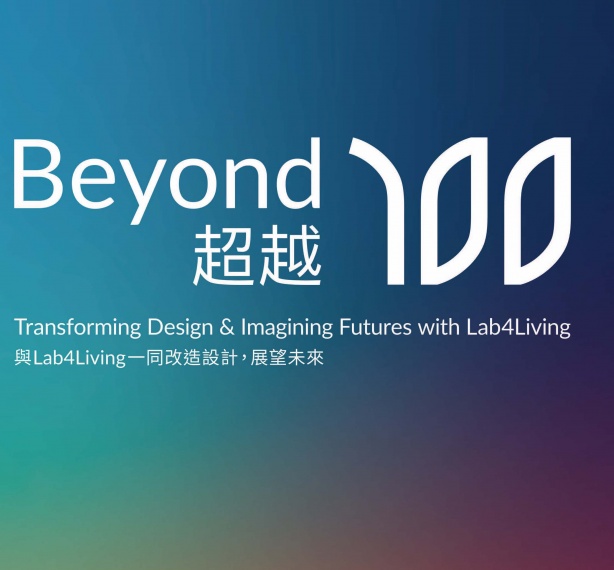
Latest News | 30 March 2022
Beyond 100: Transforming design & imagining futures with Lab4Living

Latest News | 30 March 2022
The Parametricism Era Interview with Patrik Schumacher, Principal of Zaha Hadid Artcihtects

Latest News | 30 March 2022
Purpose- Oriented Design Interview with Dr. Peter Zec, Founder and CEO of Red Dot

Latest News | 30 March 2022
ARTS TECHNOLOGY: The Future of Film-making
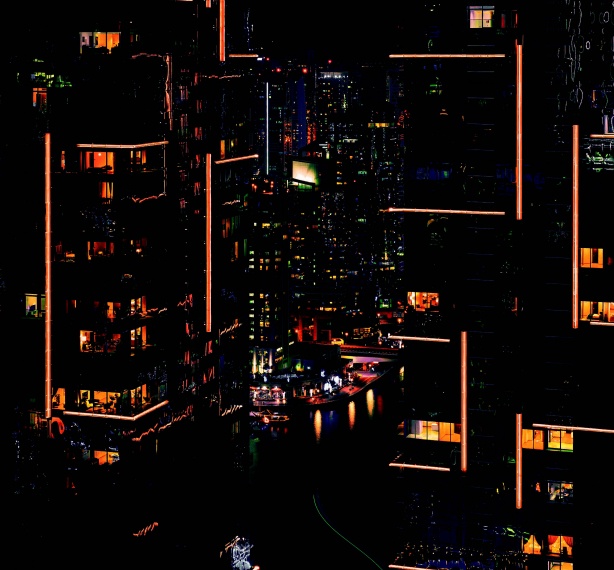
Latest News | 30 March 2022
Designing for a Non-Fungible World

Latest News | 30 March 2022
HKDI NFT Forum and Design Sprint 2021
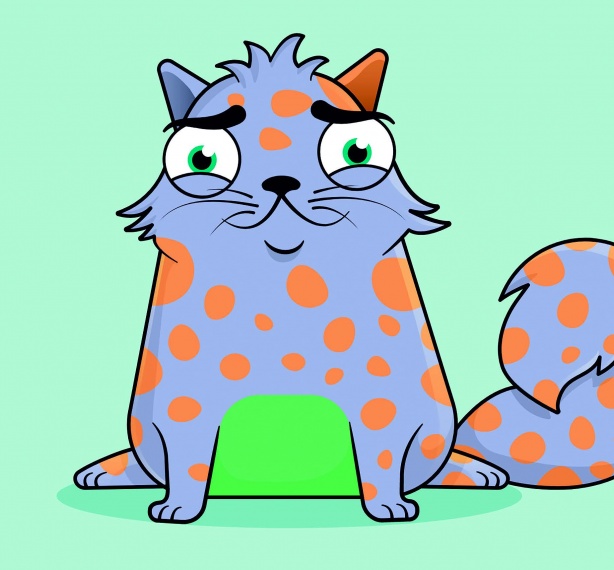
Latest News | 30 March 2022
NFT Gaming
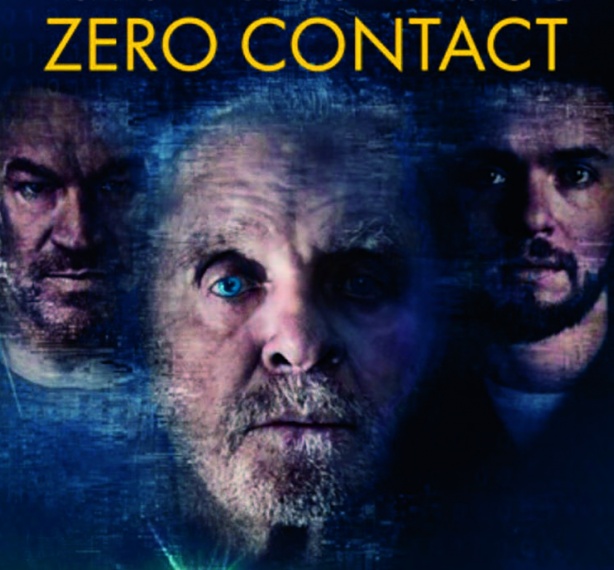
Latest News | 30 March 2022
Alternative NFTs

Latest News | 30 March 2022
NFT in the Marketplace
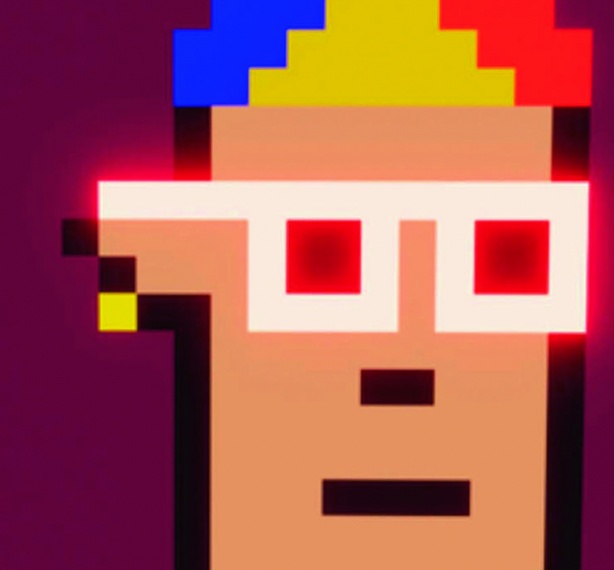
Latest News | 30 March 2022
Crypto Collectibles

Latest News | 30 March 2022
NFT ART
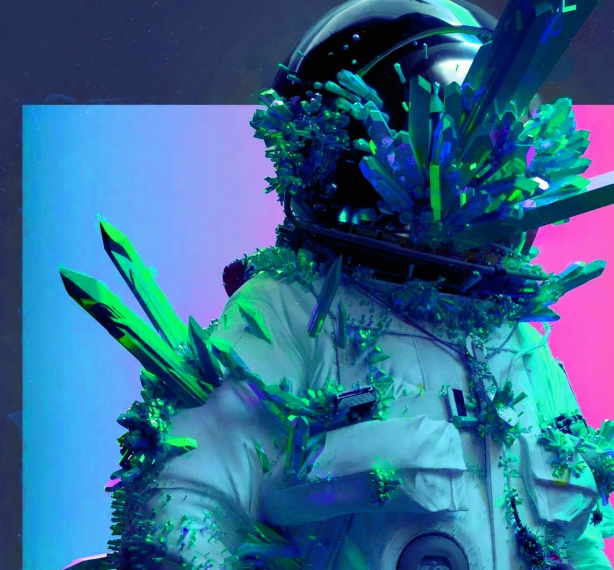
Latest News | 30 March 2022
What can NFT do now?
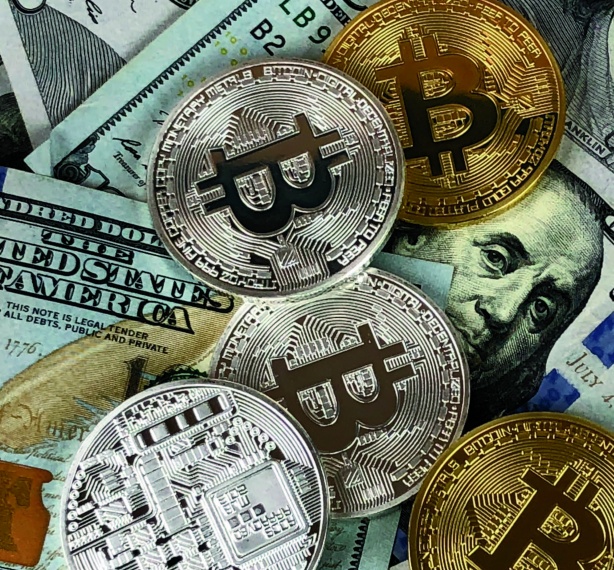
Latest News | 30 March 2022
What is NFT?
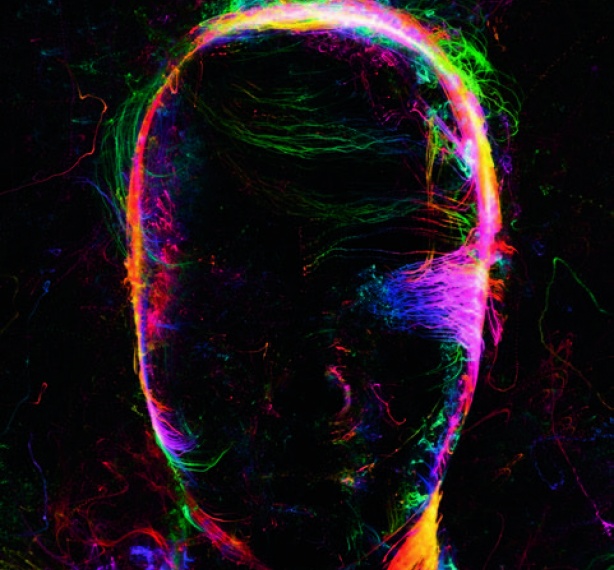
Latest News | 30 March 2022
Rethinking the Everyday: Fungible NON Fungible
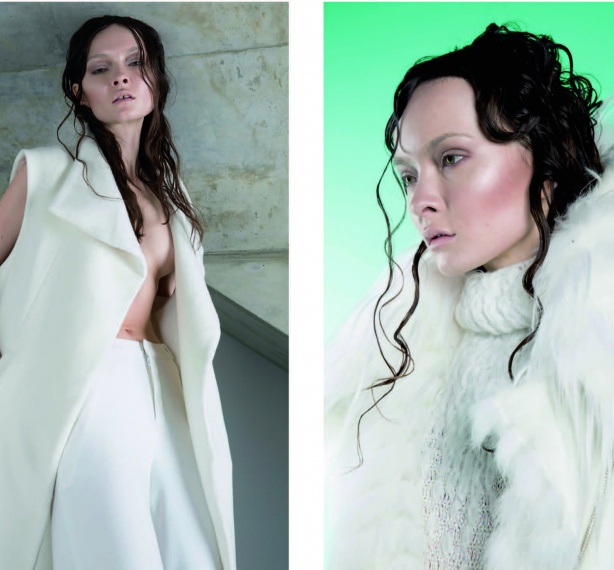
Latest News | 30 March 2022
A View On Young Designers' Inspirations

Latest News | 30 March 2022
A View On Young Designers' Inspirations
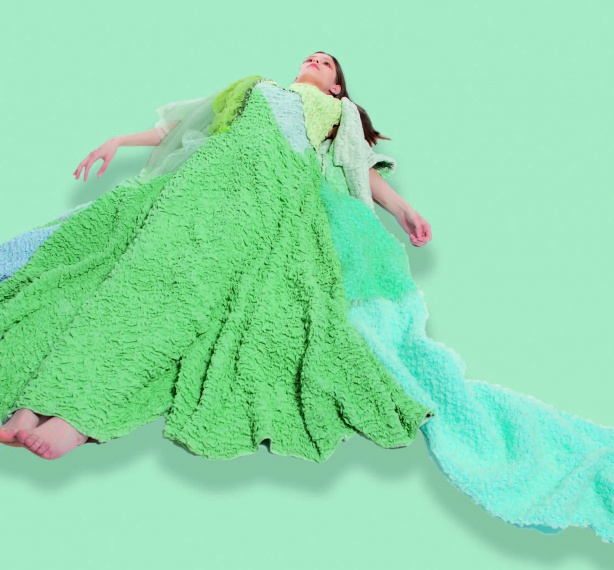
Latest News | 30 March 2022
A View On Young Designers' Inspirations
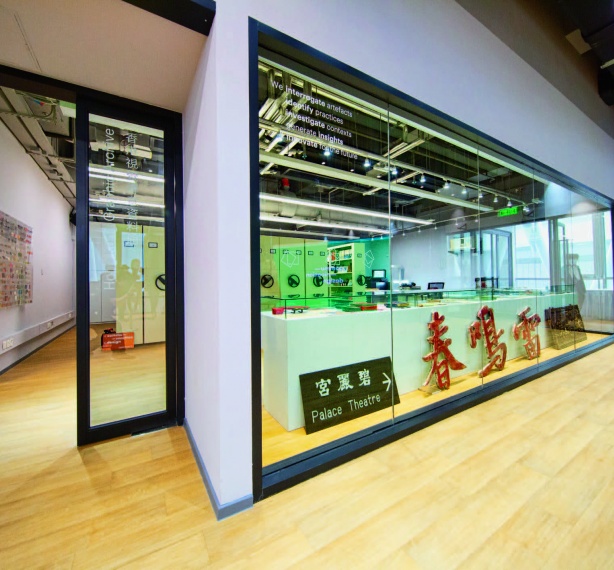
Latest News | 30 March 2022
Opening of HKDI Centre for Communication Design
